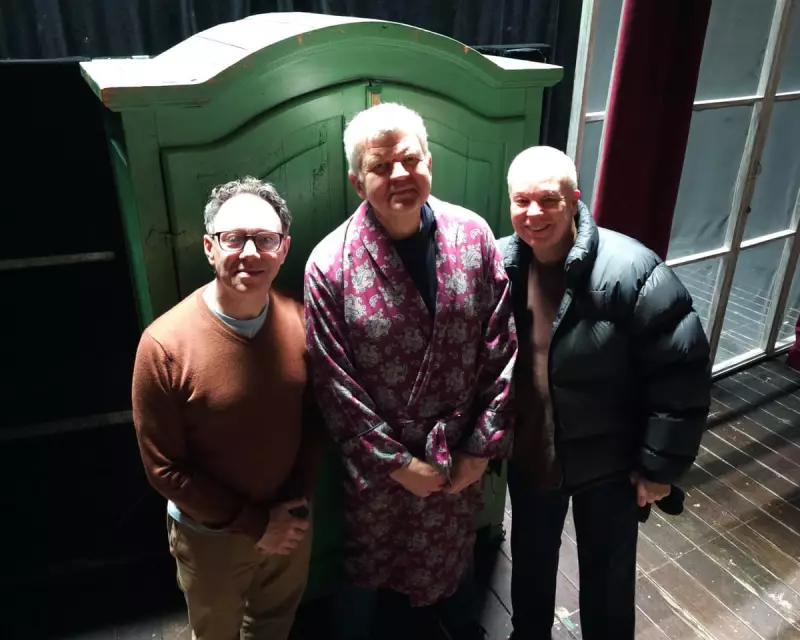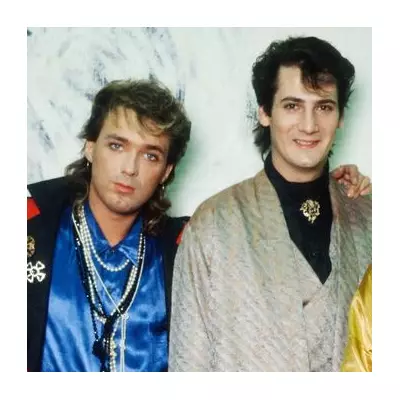
For any devoted fan of BBC's cult anthology series Inside No. 9, the opportunity to participate in the show's live stage production would seem like a dream come true. However, for one audience member, this dream rapidly descended into what they describe as "a living nightmare."
From Excited Fan to Unwitting Performer
The experience began with what appeared to be a typical theatre outing to see creators Steve Pemberton and Reece Shearsmith bring their dark comedy to the stage. Like many in attendance, the audience member anticipated an evening of clever storytelling and macabre humour.
"I'd secured what I thought were excellent seats," they recall. "Little did I know I was walking into a carefully orchestrated trap that would turn me from spectator to performer in the most unsettling way possible."
The Unravelling of a Theatrical Experience
What started as subtle interactions gradually escalated into full-blown audience participation of the most invasive kind. Unlike traditional theatre where the fourth wall remains intact, this production systematically dismantled any sense of security between performers and audience.
- The Psychological Toll: The carefully crafted atmosphere of unease crossed from entertaining fiction into genuine discomfort
- Blurred Boundaries: The line between scripted performance and reality became dangerously thin
- No Escape: Traditional theatre etiquette provided no protection from the unfolding events
A Masterclass in Controlled Chaos
While the experience was deeply unsettling for the participant, it's impossible to ignore the sheer brilliance of the production's design. Pemberton and Shearsmith have long been masters of psychological discomfort, but their stage show took this talent to unprecedented levels.
"The genius—and horror—of the production lay in its meticulous planning," the participant admits. "Every moment of discomfort felt deliberately engineered, every spike of anxiety carefully curated."
The Aftermath: Processing the Performance
In the days following the performance, the psychological impact lingered. The experience raised profound questions about consent in performance art and the ethical boundaries of audience participation.
"I went in expecting to be entertained," they reflect. "I left questioning the very nature of theatrical experience and my role within it. The show didn't just break the fourth wall—it shattered my expectations of what live performance could be."
While undoubtedly traumatic for the participant, this account serves as testament to the power of Inside No. 9 to disturb and provoke in equal measure, proving that even when transferred from screen to stage, the show retains its unique ability to get under the skin.





